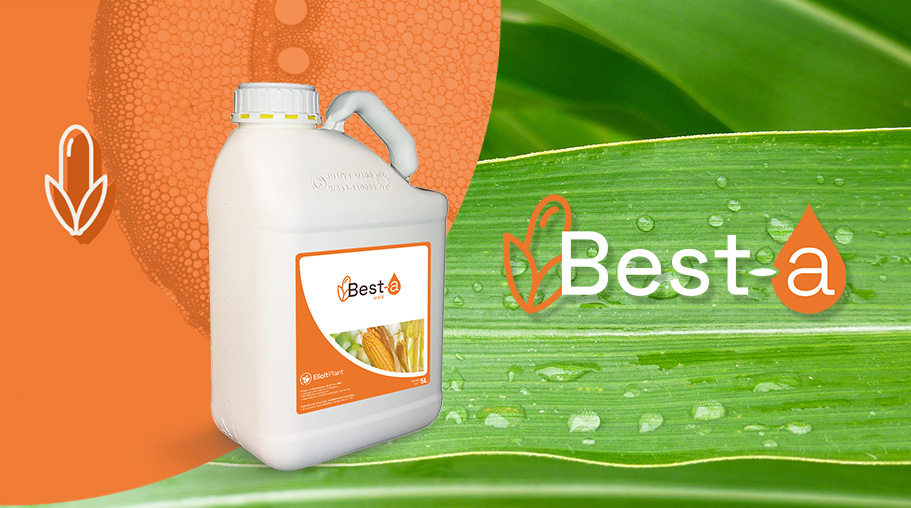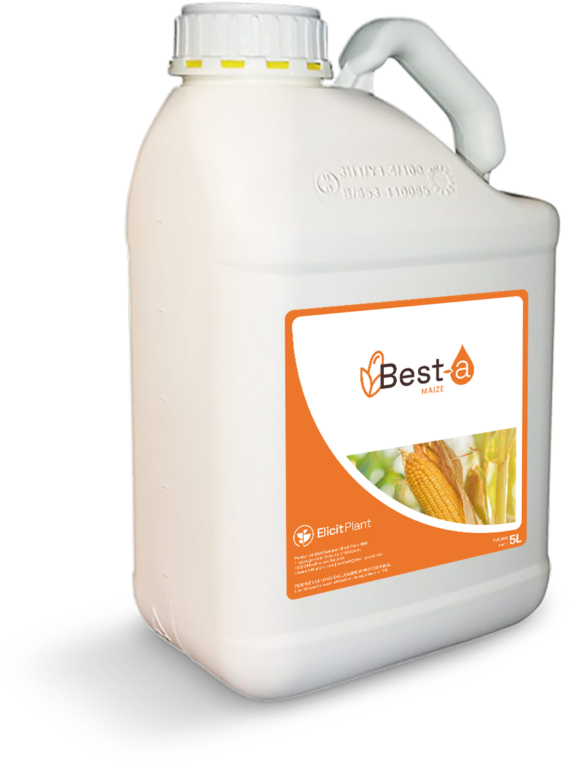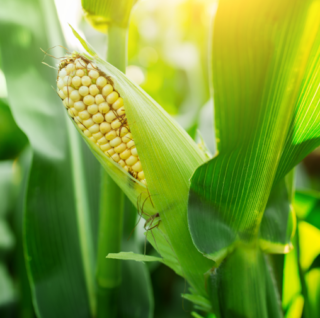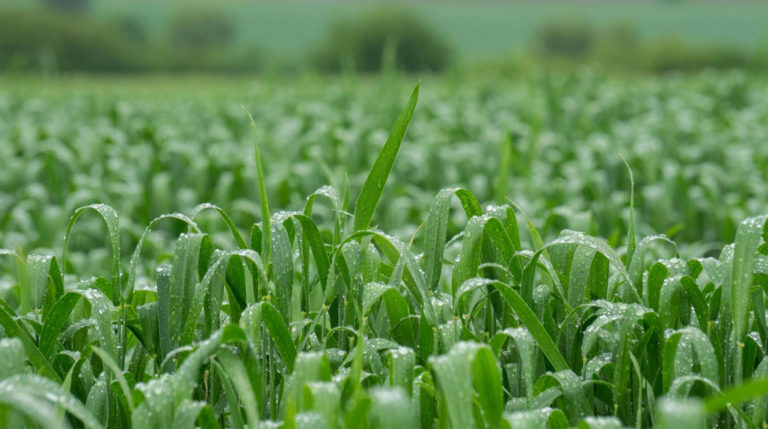The use of phytosterols to protect crops from drought stress is becoming increasingly popular. A single foliar application of Elicit Plant’s Best-a prepares corn crops to withstand periods of water shortage.
Best-a works in a unique way. Applied at the 6-10 leaf stage of corn growth, Best-a phytosterols trigger several mechanisms, including reduced water consumption, root development and partial stomatal closure. These combined effects help the crops maintain their performance when soil dries out, and no longer offers available water content.
A solution for all types of crop management
Is Best-a only worthwhile when used on rainfed corn? While this question is a legitimate one, the answer is a resounding “no”. In fact, the solution is beneficial for both rainfed and irrigated crop management systems.
In rainfed conditions, relying on natural rainfall to meet the crop’s needs, Best-a makes maximum use of water and complements agronomic strategies, such as drought escape, choice of seed variety, and maintaining the crop in optimum conditions throughout the cycle. The additional water efficiency (i.e. yield in relation to water consumed) achieved by applying Best-a is estimated at an extra 121 kilograms per 100 mm of water.
Also useful for improving corn silage quality
Thanks to Best-a, the solution to drought stress in corn crops, corn can now be grown in initially unsuitable conditions (shallow soil, soil with low available water content, limited water availability), or even reintroduced where it was previously abandoned. In the corn silage sector, where practice dictates a later sowing date, Best-a minimizes the risk of drought stress and improves the yield and nutritional qualities of the harvested forage.
For irrigators, a preventive application of Best-a offers a number of advantages whatever the irrigation strategy in place. One of these strategies is “full” irrigation, which involves supplying the plant with the quantities of water it needs at each stage of its development. At first glance, this method is ideal, as it maintains the soil at optimum moisture levels at all times, but it also involves high operating costs.
Limited but regular irrigation, on the other hand, supplies plants with a quantity of water that is slightly less than their needs, but sufficient to ensure their development. Advantages include reduced water and energy consumption. The main disadvantage is that crops are exposed to greater water deficit stress.
Cutting energy bills to maximize profitability
In either case, a preventive application of Best-a offers considerable advantages. In the case of full irrigation, using Best-a means farmers can significantly reduce water inputs, thus reducing energy bills and creating economies of scale, while improving yields… and therefore profitability. In the case of limited but regular irrigation, Best-a use helps lengthen the intervals between water inputs and thus reduce the number of irrigation rounds. Here too, yield gains are achieved despite conditions of high climatic demand.
A trial conducted by Elicit Plant demonstrated the product’s performance under different irrigation regimes, confirming that water inputs could be reduced by 29% while improving yields (+230 kg per hectare).
Securing yield development phases
Best-a also secures the grain filling phase, a stage when the absence of irrigation can penalize yields. When irrigation bans are a potential risk (decreed by local authorities), especially at the end of the growth cycle, yield and thousand grain weight (TGW) are improved by applying Best-a.
To top it off, Best-a offers irrigators greater flexibility in terms of labor requirements. Extending the period between irrigation rounds and being able to postpone the next irrigation by a day is extremely handy, especially if it means you avoid irrigating on a Sunday!
Whatever the context for corn crops, whether dry farmed, full irrigation or limited irrigation, Best-a has shown itself to be an effective solution for maximizing yields. The benefits it offers not only include improved agronomic performance, but also substantial financial gains. Best-a helps to optimize the use of resources, whether water or energy, while guaranteeing greater profitability for corn crops.






